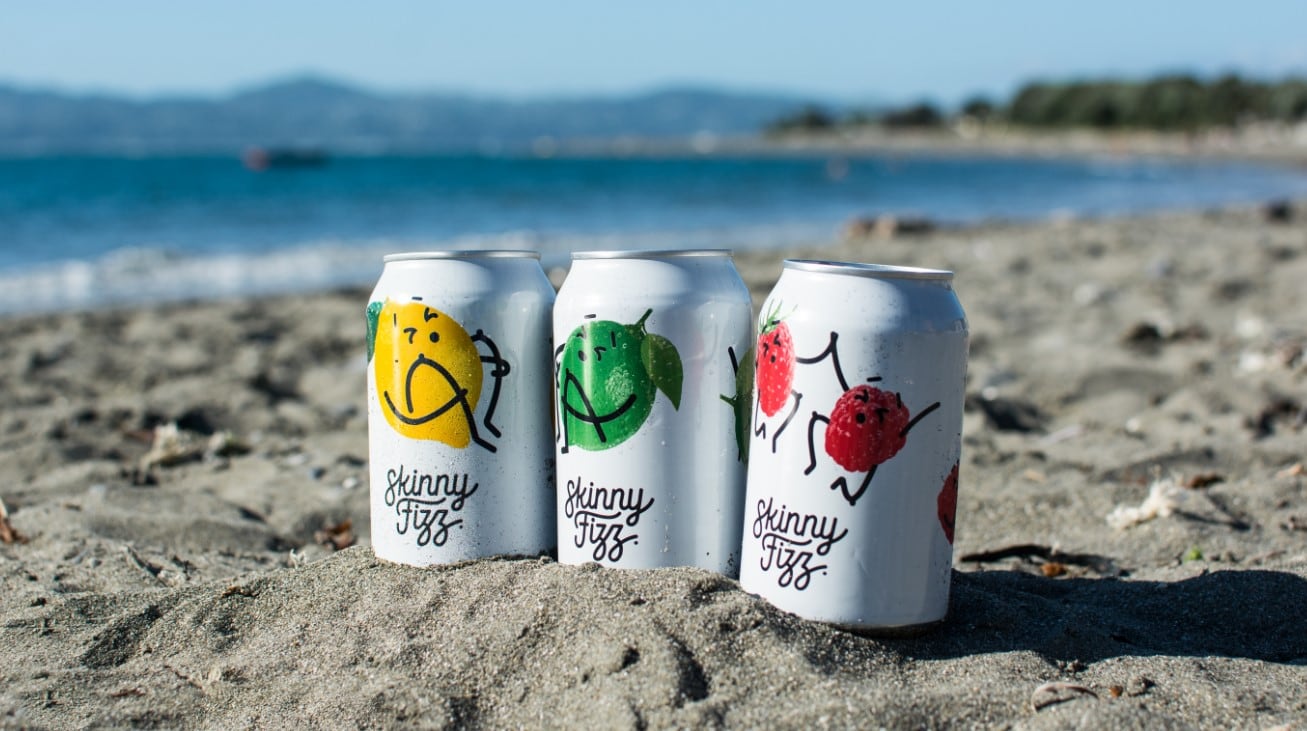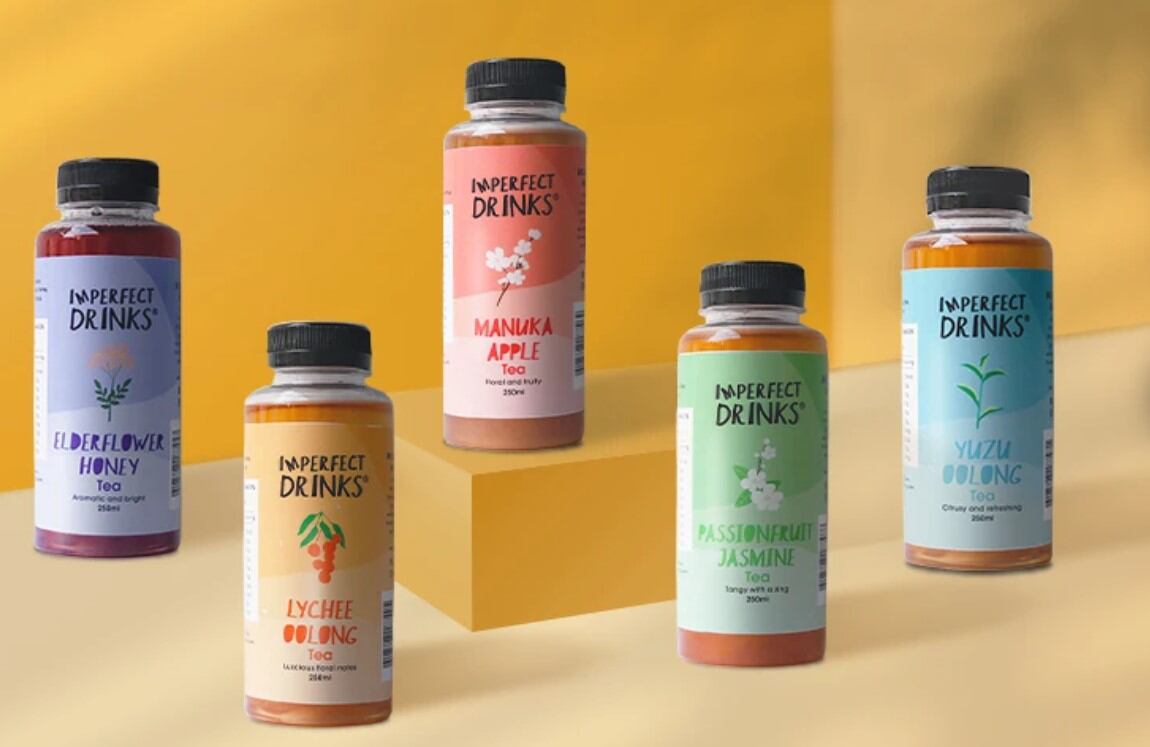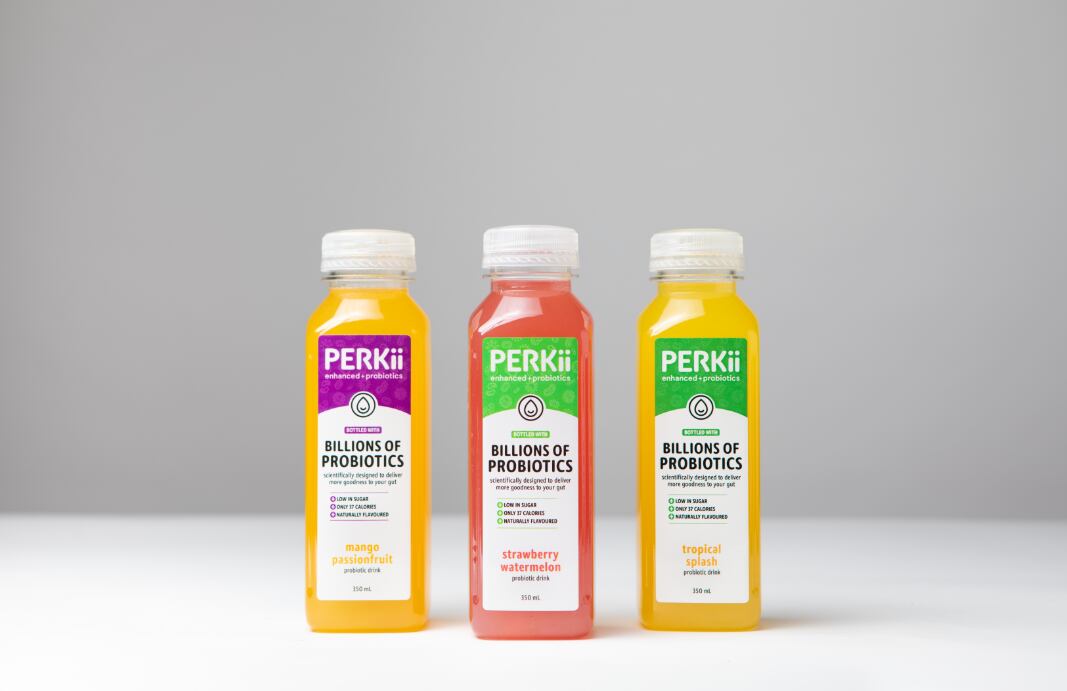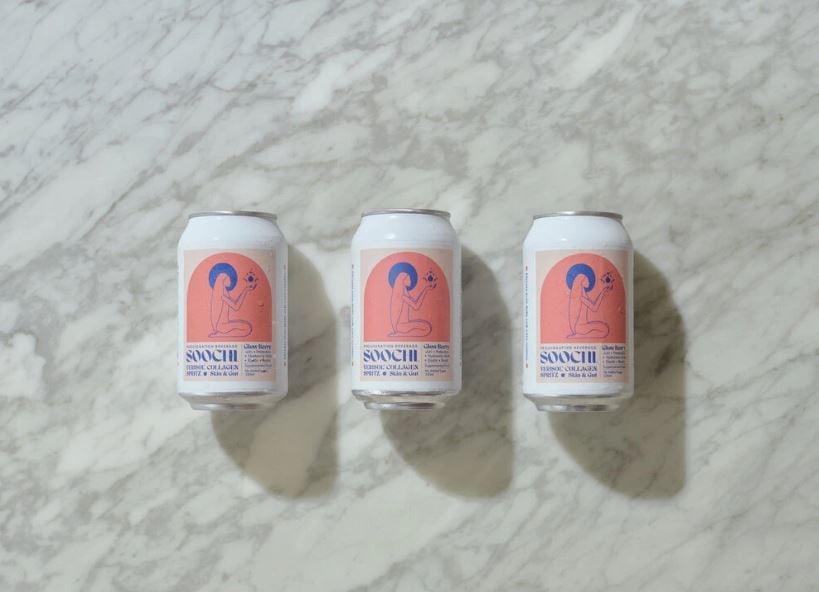Skinny Fizz first launched its e-commerce store in New Zealand in 2019, selling two-ingredient only sparkling water, comprising of sparkling water and fruit extract.
Currently in New Zealand, sales channels are spread across e-commerce (50%), supermarkets (35%), and cafes (15%). The firm also has a subscription model, delivering sparkling water straight to consumers’ homes weekly, fortnightly, and monthly.
“Five years ago, the grocery subscription model was almost unheard of, but the pandemic has broken down the barriers, and as such concepts became more approachable in New Zealand, our subscription model has worked out well for us,” said Nigel Wong, marketing manager at Skinny Fizz.
Sales in New Zealand were around 80,000 and 200,000 cans in the first and second year of operations respectively. With the entry into the Australian market, the firm is projected to sell around half a million cans by middle of next year.
In Australia, the strategy is similar to New Zealand, using an omni-channel approach.
The firm is also eyeing distribution into Singapore, Hong Kong, Taiwan, China and North America.
Skinny on ingredients
According to Wong, the firm operates on the ethos of being skinny on ingredients and skinny on the environment.
It currently sells three SKUs in different flavours, lemon, lime and raspberry, touted as a guilt free alternative to sugary beverages and fizzy drinks.
According to Wong, the awareness of clean label sparkling water is evident in New Zealand, which started from the alcohol industry with the rise of seltzers and RTDs.
“Within sparkling water, our differentiating factor is that we are using real ingredients and not additives, and we never market our product as a diet drink, with zero sugar or zero calories.”
Skinny Fizz’s drinks contain 2 to 5 calories per can depending on flavour.
On the shelves, most sparkling water brands focus on zero calories and zero sugar marketing.
However, Wong said it inherently means there are added sweeteners, flavouring and other additives.
Skinny Fizz uses natural fruit extracts in its beverages. "We use fruit from NZ which we turn into an extract, and unlike other natural flavourings, we don’t concentrate or homogenise our extracts - they’re just like you would make in your kitchen."
Fruit extracts are then obtained from these fruit peels and rinds.
Because it uses natural fruit extracts, Wong pointed out that its drinks are not entirely clear, and may contains bits of fruit rind. Most sparkling waters in the market tend to have a clear appearance.
All of Skinny Fizz’s ingredients are sourced locally in New Zealand, sparkling water from the Waikato region, lemon and lime are from Gisborne and raspberry from Waikato.
Skinny on environment
Skinny Fizz’s manufacturing facility is located in South Auckland.
“The whole ethos of being skinny on the environment, meant that we didn't want to create additional infrastructure, instead utilising existing infrastructure for processes like extraction, filling and canning,” Wong added.
Its packaging which are aluminium cans are sourced locally in New Zealand. “Cans are lighter to transport and we use shared spaces and existing infrastructure. All of which means reduced CO2 emissions.”
The company has also partnered with CarbonClick to help offset its footprint. Customers can choose to pay NZ$1 (US$0.70) on its e-commerce store and the contribution will be used to help renewable energy projects, native flora restoration and habitat restoration to fight climate change.
The firm is also working on a line expansion, although it typically takes between 12 to 18 months to establish a new flavour profile and sourcing the fruit extracts.




